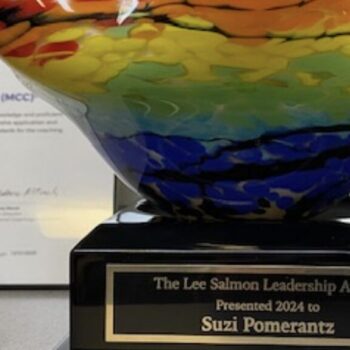
Reframing as an Essential Coaching Strategy and Tool
Seemingly irrational or counterproductive actions often yield secondary gains for an individual or organization. (Bandler and Grinder, 1979) A work team that never meets its production quota may be meeting its real goal: controlling the operations of the company. All of the other production units of the company must adjust their work schedule around this slower unit. Similarly, the director of a social service agency may actually want to retain control over all aspects of the agency’s operations. He attempts to keep the organization in a state of crisis to justify his active involvement in all parts of the organization.
If a client can identify these secondary gains/benefits and the goals that lie behind these goals, then she can identify other behaviors that more successfully meet these goals or that meet these goals without hindering the work of other people in the organization. This is an appreciative approach to addressing a seemingly intractable process. One first appreciates the secondary gains—then looks to other strategies for achieving these gains. Given the work team’s interest in influencing the overall operations of the company, for instance, one can set up new structures in the organization that enable workers to influence production decisions without having to resort to surreptitious production slowdowns. Similarly, the social service agency director can be encouraged to employ alternative methods of being involved in all aspects of agency operations without having to resort to crisis management.
Sequencing and Timing of Goals
Alicia can use a approach to coaching. This approach involves the re-sequencing of existing goals: one goal no longer is considered to be in conflict with another but rather is conceived as enabling the other goal to be achieved. Two members of a management team, for instance, argue about whether the company should spend its money on a new marketing venture or on a major new research and development initiative. The argument is best reframed by asking whether or not the achievement of either of these goals is likely to increase or decrease the achievement of the other goal.
Rather than argue about the isolated importance of either of these goals, one can reflect on sequence and timing. A coach might ask:
- Would the new marketing venture, if successful, increase the probability that a research and development initiative will be mounted and funded?
- Would a successful R&D project enhance the prospects of a new marketing push?
By reframing a conflict in terms of synergistic sequence rather than isolated importance, one can break up many log-jams concerning program priorities.
- Posted by William Bergquist
- On May 10, 2024
- 0 Comment


Leave Reply